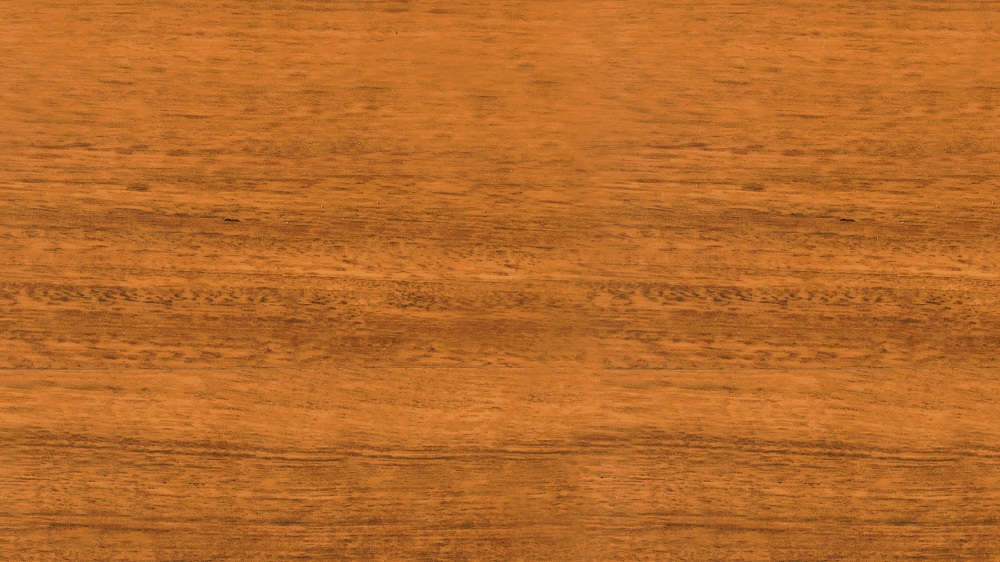The term “wood treads” in the context of stairs refers to the flat surface that one steps on to go up or down. The vertical piece or kick plate is called a riser, the piece with saw-teeth which support the stairs from underneath is called a stringer. Since stairs are considered a high traffic area in any space, they should be fitted together tightly to avoid sagging and creaking.
Here are just some types of wood that are quite popular for stairs:
- Oak – white and red
- Ash
- Mahogany
- Cypress
- Cherry
Wood adds beauty, warmth and charm to any space. Needless to say, wood stairs make a tremendous difference. Get the staircase installed by a specialist if possible. If the flooring contractor that you are currently working with has stair specialists, you could save money and time on the overall projects. The reason to go with a specialist is that they are familiar with the nuances and in picking right wood/material for the job.
Here are some dos and don’ts that you should bear in mind for stair installation:
- Do make sure that you have the measurements right – this is even more important for older hopes as there are settlement issues. In newer homes, this could be tricky as it hasn’t been lived in and there are tools which can be used to correct issues.
- Do use glue blocks wherever they are needed, before installing treads. These 4-inch blocks are available in squares or triangles and can be made on site. They should be installed in spots where wood panels contact each other, on the underside. This will keep the riser stable and ensure that the stringer is also stable and reduce squeaking.
- Experts recommend working one riser ahead before installing. This will ensure that each stair is strong and overall integrity is maintained.
- Do use bolts and adhesives as needed to prevent movement. If exotic woods are being used to build a staircase, use fasteners and glue to keep them stable.
- Seal the sides – riser and tread in stairwells to avoid letting moisture in and warping the wood.
- Make sure that you complete your work and finish the stairs. It could lead to accidents.

- Don’t use just nails and staples to finish stairs. An adhesive is essential. Be sure to use a good one to make sure that the stairs stay in place.
- Make sure that the stairs are level at every stage of the construction process.
- Do not ignore building codes – at final inspection, the stairs could be taken out if they are not fitted properly, as required by ASTM and other codes.
- Don’t assume that all the treads and risers are of the same size. Double check before installation.
- Use the right tools for the job to avoid re-installation.
These are just a few tips on getting a job done properly by an installer. When you spend a lot of money to get beautiful flooring, proper installation will help you enjoy it for a long time.

